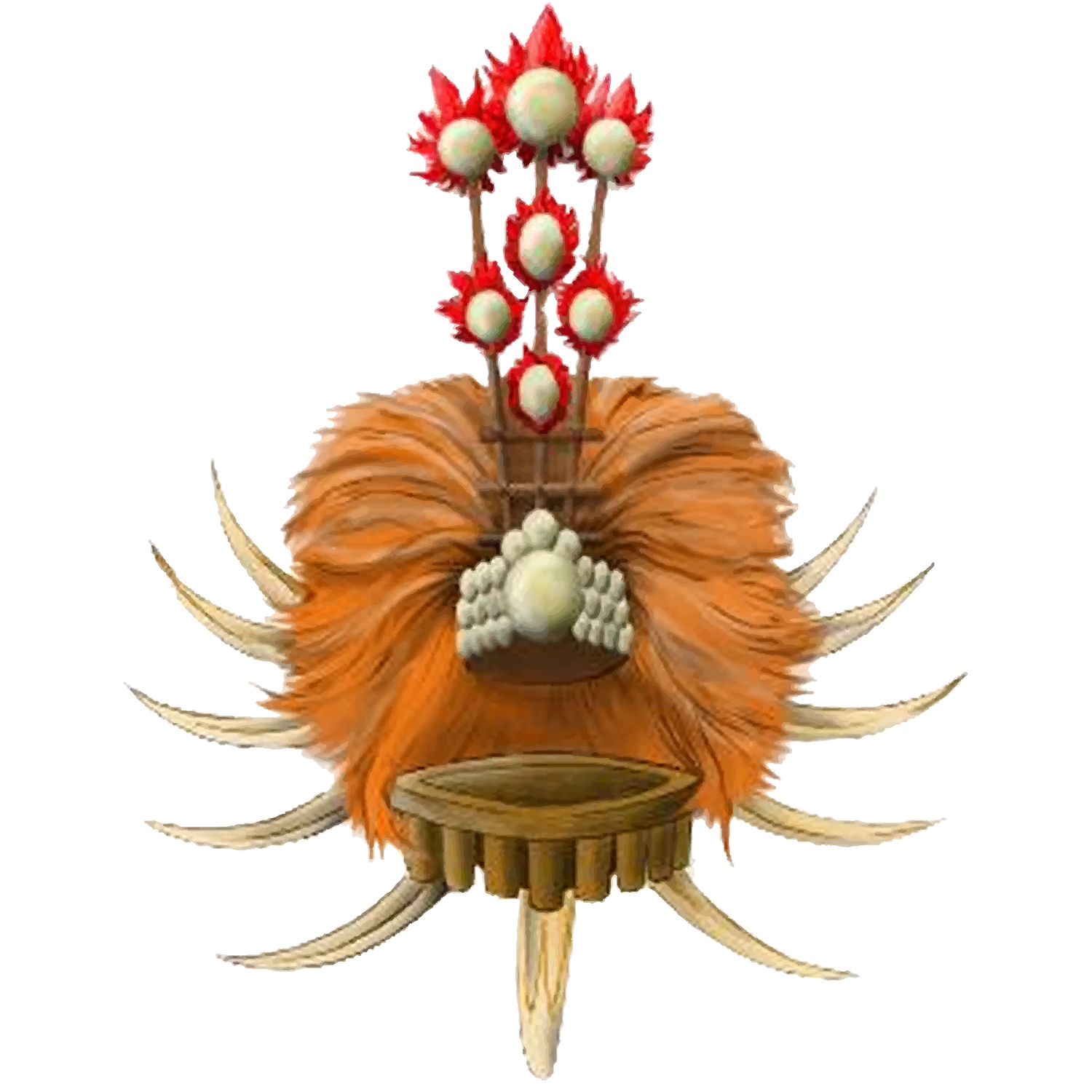ABOUT ‘AMANAVE
ʻAmanave (Samoan: ʻĀmanave) located in Lealataua County is a village on the coast of Tutuila Island, American Samoa. It is located close to the island's western tip, Cape Taputapu, and to the south of the village of Poloa.
ʻAmanave was severely damaged by the 2009 tsunami. However, of a population of about 500 residents, no deaths were recorded. When the tsunami approached, emergency information was sent by radio and a bell rang in the village. After the tsunami, some residents followed the advice of the Federal Emergency Management Agency (FEMA) and moved into houses on a higher elevation. Its mayor Aveao Faausu Fonoti received the Community Resiliency Leadership Award at the National Disaster Preparedness Training Center in 2010, due to his handling of the 2009 tsunami.
The village is in an area which is renowned for its rugged volcanic coastline. After its confluence with its tributaries near central parts of the village, Laloafu Stream discharges into the Pacific from ʻAmanave Bay.
History
The first formal school established on the island was Atauloma Girls School in ʻAmanave, which opened in 1900–1901. Although originally located in the village of ʻAmanave, it was later relocated to Afao. Remains from the historic site can still be viewed on the top of the hill in the Atauloma area of Afao village.
During World War II, the single-lane roads which for long had been connecting Alofau in the east to ʻAmanave in the west proved inadequate for military requirements. They were therefore replaced by a two-lane, coral-rock-surface road, which could handle the heavy military vehicles.
Landmarks
Cape Taputapu National Natural Landmark is an exhibit of offshore volcanic rocks, shoreline, and blowholes sculpted by waves. Large sculptures of erosion-resistant volcanic rock dot the water shore, and one of these islets is a volcanic vent through which lava poured during the major episode of volcanism that made Tutuila. The total area designated as a U.S. National Natural Landmark is 170 acres. It is the westernmost point on Tutuila Island, located just beyond ʻAmanave.
Amanave Village Marine Protected Area
Palagi Beach, a beach on Loa inlet, just past ʻAmanave and east of Cape Taputapu. It can only be reached by boat or hiking when low tide from the very west end of ʻAmanave. The trailhead begins just before the road turns to go over the mountain to the north side. The beach is a long stretch of white sand beach lined with coconut trees.

